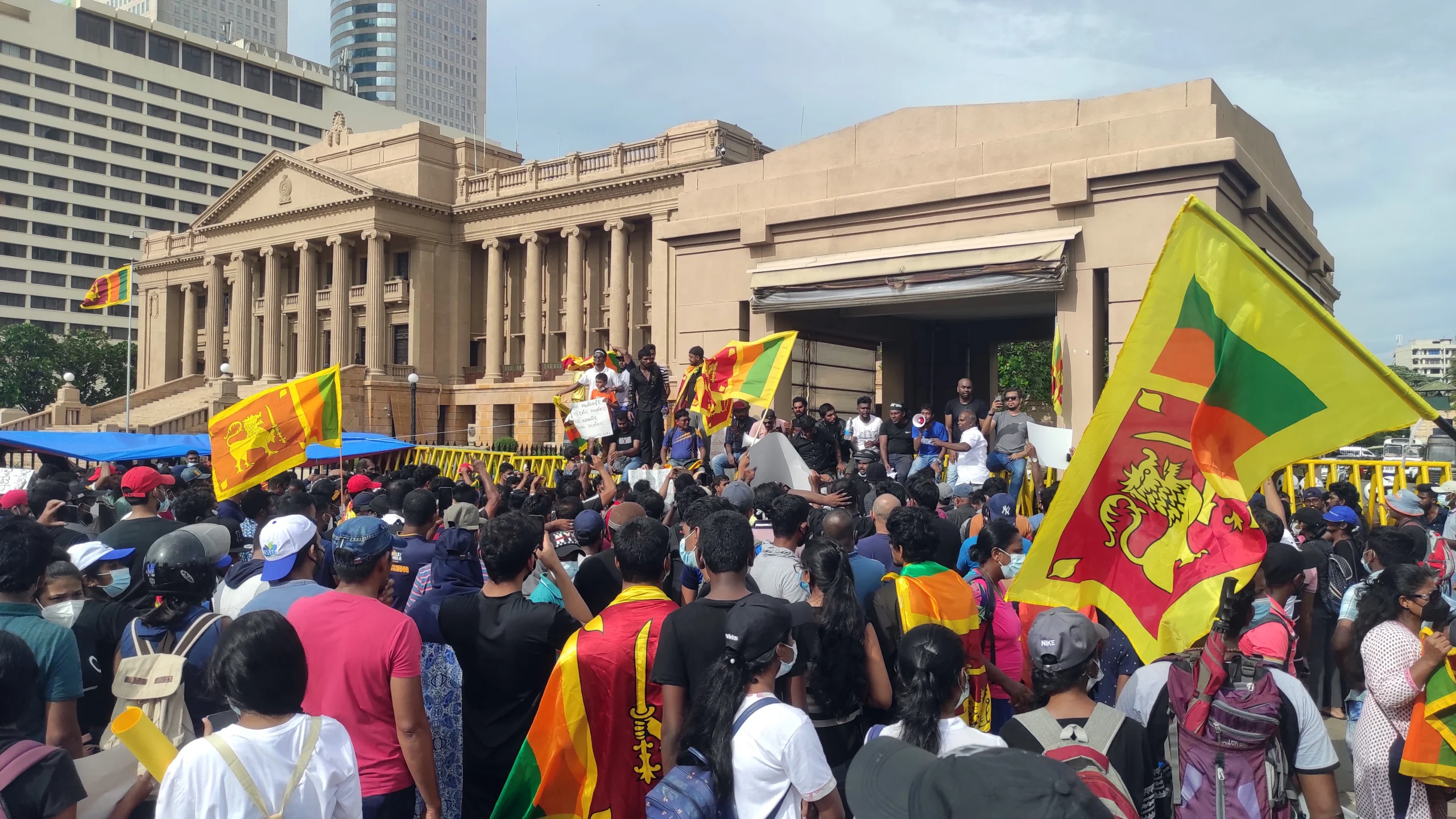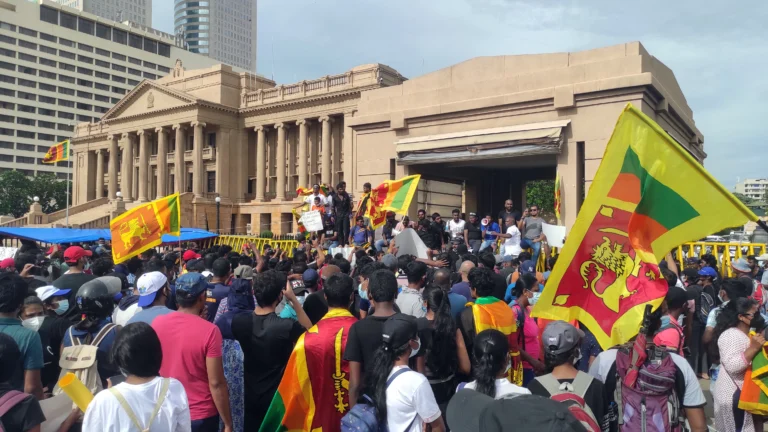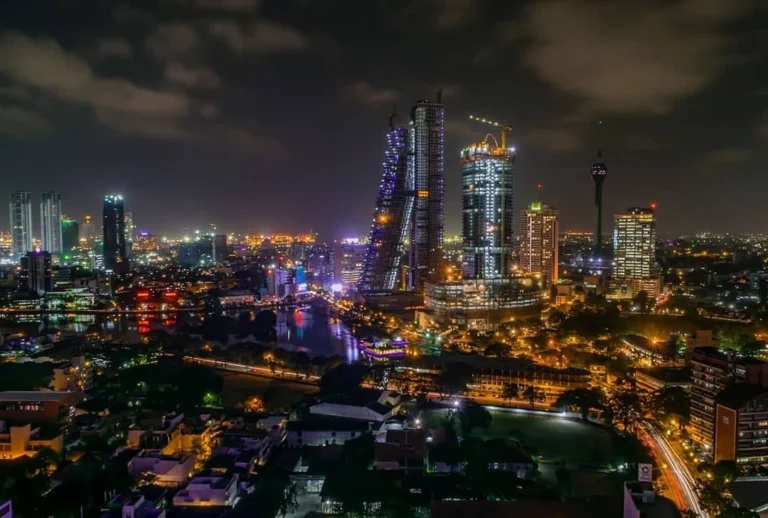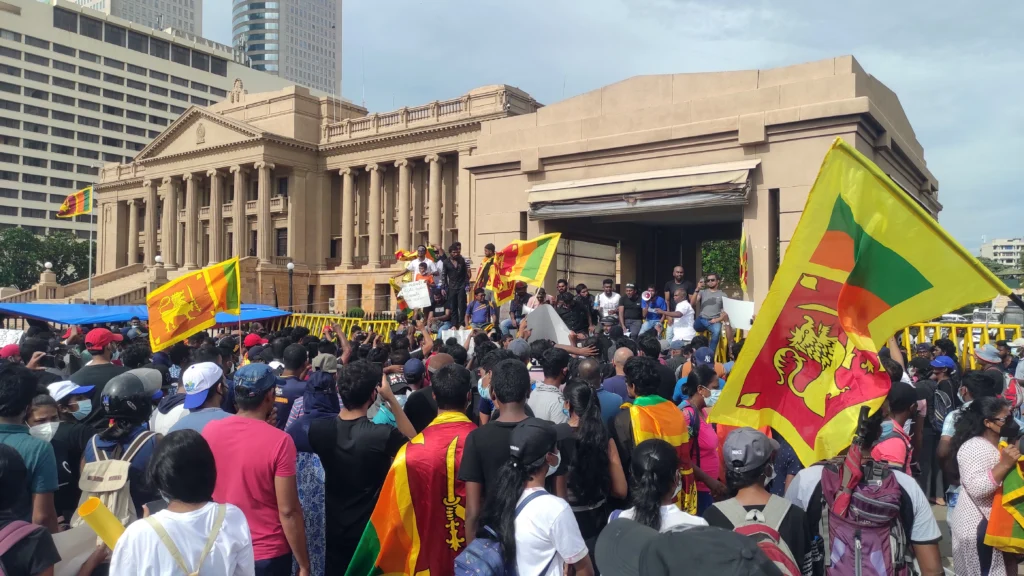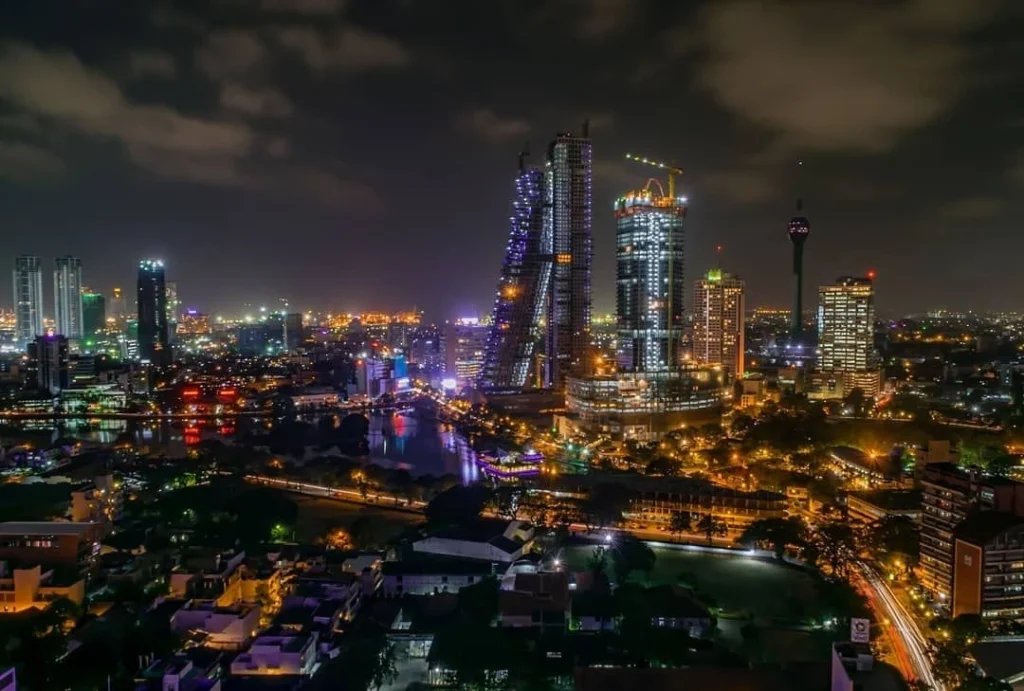In every democracy, youth form both the promise and the paradox of reform. They are educated, connected, and restless for change yet in Sri Lanka, the 18–35 generation remains a “silent majority,” visible in numbers but often invisible in influence. As the country rebuilds from years of crisis, their role in shaping governance has become both urgent and uncertain.
The promise of numbers
Demographically, the youth cohort is significant. Nearly one in four Sri Lankans is between 18 and 35. They are first-time voters, digital natives, and the most economically mobile generation the country has seen in decades. They have lived through economic shocks, political upheavals, and social reform movements that tested the very architecture of the state.
If any group should be driving policy renewal, it is them. But while their presence in protests and online movements is unmistakable, their presence in policymaking institutions remains faint.
Signs of awakening
The 2022–23 period showed that youth can still mobilise around principle. From peaceful protests at Galle Face to civic movements on social media, young Sri Lankans demanded transparency, accountability, and reform. For the first time in years, a generation used its voice to question entrenched systems rather than merely adapt to them.
Institutionally, too, there are small victories. The Local Authorities Elections (Amendment) Act introduced a 25 per cent youth quota, ensuring candidates under 35 could access the local level of power. The Parliament’s youth support programme trained hundreds of young professionals to engage in committee work. Universities and civil-society bodies now run leadership incubators aimed at developing governance literacy.
These are not trivial shifts. They signal a quiet recognition that the old order dominated by dynasty, patronage, and inertia cannot renew itself indefinitely.
The paradox of disengagement
Yet the other side of the story is harder to ignore. Voter turnout among young people, while relatively high, often conceals a deeper apathy. Many vote without conviction, seeing elections as a ritual rather than an opportunity. Fewer than one in ten young adults belong to a political party or civic organisation.
In the same period that youth movements grew online, participation in structured politics declined. Political parties remain hostile to young entrants without lineage or financial capital. Decision-making bodies are still dominated by those over 50. And while youth quotas exist, they often deliver token representation candidates aligned with existing power rather than independent reformers.
Economic insecurity compounds this withdrawal. Unemployment among educated youth exceeds 20 per cent. The cost of living and migration pressures have shifted many from activism to survival mode. A generation that once rallied for reform now queues for visas.
The new arena: digital politics
The digital sphere has become the substitute parliament of the young. Here they debate policy, share news, and mobilise communities. Online campaigns on corruption, mental health, gender rights, and climate action have shown the potential of decentralised civic pressure.
However, digital activism has limits. While it amplifies opinion, it rarely institutionalises influence. Social media outrage can topple reputations but not necessarily rewrite laws. The transition from hashtag to policy remains the missing bridge.
To make digital engagement count, it must link to formal mechanisms consultations, youth councils, parliamentary committees, that translate voice into governance outcomes.
Why the silence persists
Several structural forces explain this persistent silence.
- First, party hierarchies favour continuity over competition. Young candidates face barriers of funding, access, and visibility.
- Second, civic education remains outdated, focusing on voting mechanics rather than governance literacy or accountability.
- Third, the political economy discourages risk-taking; young professionals who enter politics often pay heavy reputational and financial costs.
- Finally, policymaking itself is opaque. With limited access to data, consultation, or performance tracking, even motivated youth struggle to intervene meaningfully.
This combination of structural exclusion and cultural fatigue has produced what some analysts call a “participation paradox”: youth who care about reform but no longer believe the system can deliver it.
Towards meaningful participation
To reverse this drift, Sri Lanka needs more than quotas or campaigns. It needs a framework that moves youth from symbolic presence to substantive power.
- Reform party structures: Mandate transparent youth wings, leadership pipelines, and internal elections. Without this, “young faces” remain decorative.
- Embed governance education: Integrate civic literacy and policy training into university curricula and technical institutes.
- Institutionalise consultation: Youth advisory panels to ministries and local councils can connect policy to generational priorities.
- Incentivise youth-led entrepreneurship and policy innovation: Linking governance to innovation hubs can reframe politics as a space for building, not merely contesting.
- Measure impact: Track how many youth not only run for office but influence budgets, legislation, or oversight outcomes.
Such mechanisms shift engagement from emotional protest to durable participation.
A generation between reform and resignation
Sri Lanka’s youth are not indifferent. They are impatient. Their silence often reflects frustration, not apathy a belief that systems remain closed to their ideas. The challenge for policymakers is to translate this latent energy into structured power.
If ignored, the 18–35 generation will continue to express itself through emigration, satire, and sporadic protest all cathartic, none transformative. But if engaged meaningfully, this same generation could become the most reform-minded constituency Sri Lanka has ever seen.
For a country seeking renewal, that might be its greatest untapped resource.
Check the latest articles:

